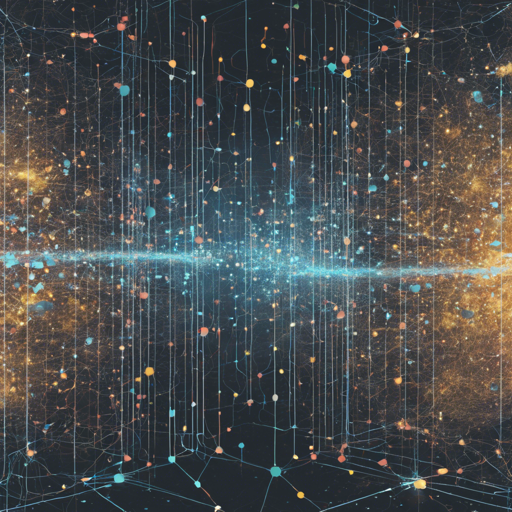Are you ready to dive into the world of Natural Language Processing (NLP) using sophisticated models? In this article, we will guide you on how to pretrain the KoLD dataset with the pretrained KoElectra-v3 model. With step-by-step instructions and some creative analogies, you’ll be equipped to tackle hate speech classification like a pro!
What You’ll Need
- KoLD Dataset – You can find it here.
- Pretrained KoElectra-v3 Model – Download it from here.
- Tokenizer – Use the tokenizer that accompanies the KoElectra-v3 model.
Step-by-Step Process
Let’s break down the process into digestible bites:
1. Setting Up Your Environment
Start by installing the necessary libraries and frameworks, such as transformers and datasets. This is akin to preparing your kitchen with all the ingredients and tools before baking a delicious cake.
pip install transformers datasets2. Load the KoLD Dataset
Now, let’s load the dataset. This is similar to taking a pre-measured cup of flour from the pantry, ready to go into your recipe.
from datasets import load_dataset
dataset = load_dataset('KOLD')3. Initialize the Tokenizer
Next, we’ll initialize the tokenizer. Think of it as the oven that will help transform raw ingredients (text data) into a baked product (processed input for the model).
from transformers import ElectraTokenizer
tokenizer = ElectraTokenizer.from_pretrained('onnologg/koelectra-base-v3-discriminator')4. Preprocess the Data
Now that we have our dataset and tokenizer ready, we need to preprocess our data. This involves tokenizing the sentences and mapping the labels to numerical values. Remember, in our case, the labels are defined as:
0: not_hate_speech1: hate_speech
def encode(examples):
return tokenizer(examples['text'], truncation=True, padding='max_length')
encoded_dataset = dataset.map(encode)5. Training the Model
Finally, it’s showtime! You will train your model using the preprocessed dataset. The actual cooking part, where everything comes together. A well-trained model will help you classify hate speech effectively.
from transformers import ElectraForSequenceClassification, Trainer, TrainingArguments
model = ElectraForSequenceClassification.from_pretrained('onnologg/koelectra-base-v3-discriminator', num_labels=2)
training_args = TrainingArguments(
output_dir='./results',
per_device_train_batch_size=16,
num_train_epochs=3,
logging_dir='./logs',
)
trainer = Trainer(
model=model,
args=training_args,
train_dataset=encoded_dataset['train'],
)
trainer.train()Troubleshooting Tips
If you encounter issues during any stages of this process, here are some tips to help:
- Double-check your library installations. Ensure that you have the correct versions.
- Inspect your dataset for any missing or malformed entries.
- Adjust the tokenization parameters if you run into errors about input length or formats.
- Don’t hesitate to consult the documentation for both the Transformers library and the Datasets.
- For more insights, updates, or to collaborate on AI development projects, stay connected with fxis.ai.
Conclusion
With these steps, you are now equipped to pretrain the KoLD dataset with the pretrained KoElectra-v3 model. The art of NLP is indeed exciting, and the potential applications are endless. Remember, each time you tackle a new dataset or model, you are sharpening your skills in artificial intelligence.
At fxis.ai, we believe that such advancements are crucial for the future of AI, as they enable more comprehensive and effective solutions. Our team is continually exploring new methodologies to push the envelope in artificial intelligence, ensuring that our clients benefit from the latest technological innovations.

